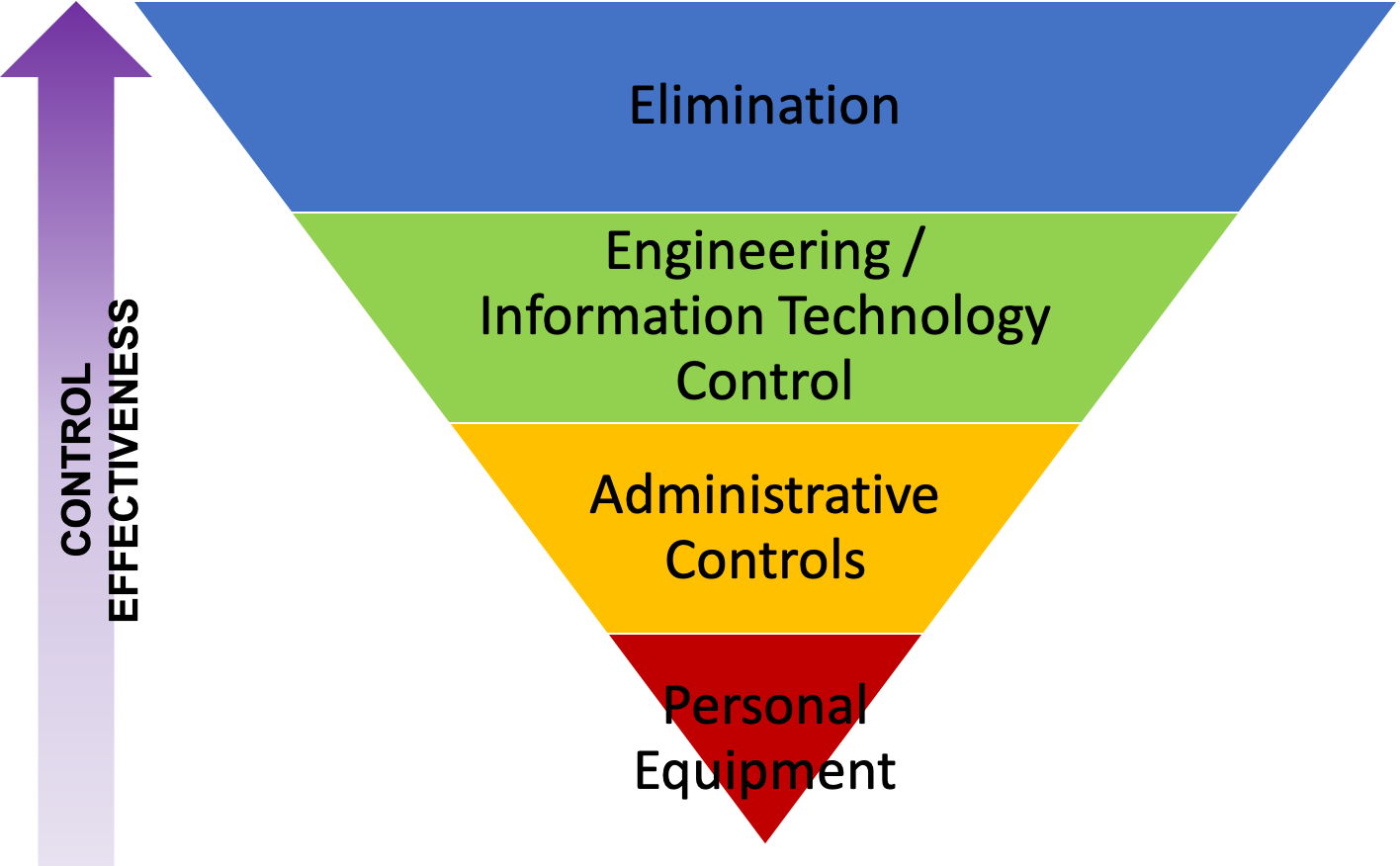Warehouse Gemba Walk: Unlocking the Power of Excellence
The Gemba Walk is crucial for achieving warehouse excellence and optimizing operations. In this all-encompassing guide, we will delve into the pivotal role of the Gemba Walk in warehouse operations. We will provide a step-by-step approach to its effective implementation covering all aspects:
- Its benefits in keeping warehouse operations in good health
- Identify the suitable candidates to conduct it
- Its frequency and time spent
- What to do with its findings
Introduction to Gemba Walk
- What is a Gemba Walk?
Gemba is a Japanese term that translates to “the real place.” In the context of warehouse operations, the Gemba refers to the actual location where work is being done. A Gemba Walk involves observing and understanding the processes, systems, and interactions within the warehouse by physically visiting the Gemba.
- Importance of Gemba Walk in Warehouse Operations
The Gemba Walk provides an opportunity for managers, supervisors, and frontline employees to gain first-hand knowledge of the operations, identify improvement opportunities, and foster a culture of continuous improvement and warehouse excellence. It allows for direct observation of processes, equipment, layout, inventory, and the overall working environment.
Understanding the Purpose of Gemba Walk
The Gemba Walk serves several key purposes that are essential for optimizing warehouse operations.
- Identifying Inefficiencies and Bottlenecks
By being physically present on the Gemba, managers and employees can observe the processes and identify bottlenecks or areas of inefficiency. This allows for a deeper understanding of the root causes behind these issues and enables teams to develop effective solutions.
- Improving Communication and Collaboration
The Gemba Walk promotes open communication and collaboration among employees. It provides an opportunity for team members to interact, exchange ideas, and share valuable insights. By engaging in conversations during the Gemba Walk, employees can voice their concerns, suggestions, and potential improvements, leading to a more collaborative and productive work environment.
- Enhancing Operational Efficiency
The Gemba Walk enables a thorough examination of processes, equipment, and layout, with the goal of identifying opportunities to enhance operational efficiency. By closely observing workflows and identifying any unnecessary steps or waste, teams can implement changes that streamline operations, reduce costs, and improve overall productivity.
How to Effectively Implement Gemba Walk in Warehouse Operations
To ensure the successful implementation of Gemba Walk in warehouse operations, follow these step-by-step guidelines:
- Step 1: Define the Objectives and Scope
Clearly define the objectives and scope of the Gemba Walk. Determine the specific areas or processes that will be observed during each walk. This ensures that the focus remains on the most critical aspects of warehouse operations.
- Step 2: Plan the Walk
Create a schedule for the Gemba Walks, considering factors such as operational hours, peak times, and availability of key personnel. Develop a checklist (download a sample checklist) of key areas to observe and questions to ask during the walk. This helps to maintain structure and ensure thorough coverage.
- Step 3: Choose the Right Participants
Select participants who have direct involvement in warehouse operations. This may include managers, supervisors, and frontline employees. Including individuals from different departments or teams can provide a holistic perspective and facilitate cross-functional collaboration.
- Step 4: Conduct the Gemba Walk
During the walk, encourage participants to actively observe processes, interactions, and the overall work environment. Engage in conversations with employees, asking open-ended questions to gather valuable insights. Take detailed notes and capture visual evidence, such as photographs or videos, to support the findings.
- Step 5: Document and Analyze the Findings
After each Gemba Walk, document the observations, insights, and identified areas for improvement. Analyze the findings to identify patterns, recurring issues, or opportunities for optimization. This analysis will serve as a foundation for developing actionable strategies.
- Step 6: Implement Corrective Actions
Based on the findings from the Gemba Walk, develop and implement corrective actions. Assign responsibilities, set timelines, and communicate the changes to all relevant stakeholders. Monitor the progress and evaluate the effectiveness of the implemented actions.
Benefits of Gemba Walk in Warehouse Operations
The Gemba Walk offers a range of benefits that significantly impact warehouse operations.
- Real-Time Problem Identification and Resolution
By physically observing the Gemba, issues and inefficiencies can be identified in real time. This allows for immediate problem-solving and prevents potential disruptions or delays in operations.
- Employee Empowerment and Engagement
Engaging employees in the Gemba Walk demonstrates the value placed on their expertise and insights. This empowerment leads to increased engagement, motivation, and ownership over their work, fostering a positive and productive work culture.
- Continuous Improvement Culture
The Gemba Walk promotes a culture of continuous improvement by encouraging employees to seek out opportunities for enhancement. This continuous drive for progress ensures that warehouse operations remain efficient, effective, and adaptable to changing needs.
- Enhanced Operational Performance
Implementing the improvements identified through the Gemba Walk leads to enhanced operational performance. By eliminating waste, streamlining processes, and improving communication, warehouses can achieve higher productivity, accuracy, and customer satisfaction.
Who Should Conduct Gemba Walks in Warehouse Operations
Gemba Walks should be conducted by a diverse group of individuals, including:
- Management and Supervisors
Managers and supervisors play a crucial role in leading and facilitating Gemba Walks. Their participation demonstrates the organization’s commitment to continuous improvement and sets the example for others to follow.
- Frontline Employees
Frontline employees possess valuable insights into the day-to day operations and are directly involved in executing tasks within the warehouse. Their participation in Gemba Walks provides a frontline perspective and allows for the identification of operational challenges and potential improvements.
- Cross-Functional Teams
Including representatives from different departments or teams fosters collaboration and a holistic understanding of warehouse operations. Cross-functional teams bring diverse expertise and viewpoints, leading to more comprehensive problem-solving and improvement strategies.
Frequency and Duration of Gemba Walks
Determining the frequency and duration of Gemba Walks depends on various factors, including the size of the warehouse, the complexity of operations, and available resources. Here are some considerations:
- Determining the Frequency
Gemba Walks should be conducted regularly to ensure continuous improvement. For smaller warehouses or operations with fewer complexities, conducting Gemba Walks on a weekly or bi-weekly basis may be sufficient. Larger warehouses or operations with more complexities may benefit from conducting Gemba Walks on a monthly or quarterly basis.
- Time Allocation for Each Walk
The duration of a Gemba Walk depends on the size of the warehouse and the number of areas to be observed. Typically, a walk can range from one to three hours. It’s important to allocate enough time to thoroughly observe and engage with employees, while also being mindful of operational demands.
Utilizing Findings from Gemba Walk
The findings from Gemba Walks serve as a foundation for driving meaningful changes and improvements within warehouse operations. Here are some steps to utilize the findings effectively:
- Communicating and Sharing Findings
Share the findings with all relevant stakeholders, including managers, supervisors, and employees. Use clear and concise communication channels to ensure understanding and alignment on identified issues and improvement opportunities.
- Prioritizing and Implementing Changes
Prioritize the identified issues based on their impact and feasibility. Develop action plans to address these issues, assigning responsibilities and establishing timelines. Regularly monitor the progress of implementation and provide necessary support and resources.
- Monitoring and Evaluating Progress
Continuously monitor and evaluate the progress of the implemented changes. Track key performance indicators (KPIs) related to operational efficiency, employee engagement, and customer satisfaction. Use this data to assess the effectiveness of the Gemba Walk process and make further adjustments as needed.
Conclusion
The Gemba Walk is a powerful tool for optimizing warehouse operations. By physically observing the Gemba and engaging with employees, businesses can identify inefficiencies, foster collaboration, and drive continuous improvement. When implemented effectively, the Gemba Walk leads to enhanced operational efficiency, empowered employees, and a culture of continuous improvement. By prioritizing regular Gemba Walks and utilizing the findings to drive meaningful changes, warehouses can achieve higher levels of performance and success.








